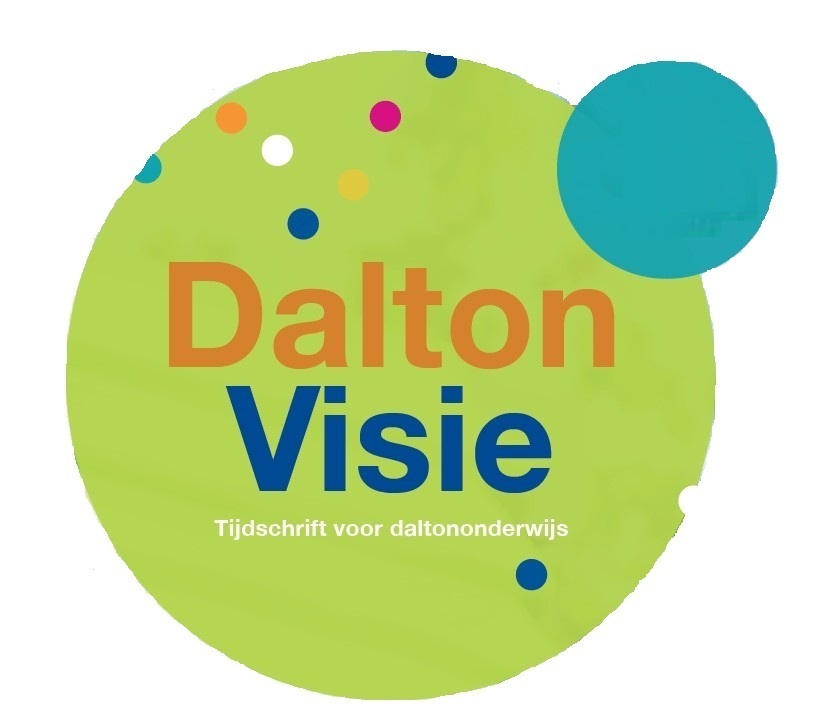
Daltoncafés op Stanislas Dalton Delft
Eind mei sprak ik Laura van der Enden, teamleider van de brugklas van Stanislas Dalton Delft (SDD) en tevens lid van de daltonwerkgroep. Sinds…
Nieuwe interessante ontwikkelingen in de daltonwereld verzamelen we hier. Heb je een interessant artikel, of wil je hulp bij het presenteren van jouw daltonparel op onze website, neem dan contact op met ons secretariaat!

Eind mei sprak ik Laura van der Enden, teamleider van de brugklas van Stanislas Dalton Delft (SDD) en tevens lid van de daltonwerkgroep. Sinds…

In deze bijdrage aan de Nieuwsbrief wordt een overzicht gegeven van artikelen die de afgelopen maand voor DaltonVisie op de site van de NDV…

De milde meerderheid. Die term duikt steeds vaker op. In tijden van politiek tumult, publieke onrust en wereldwijde verschrikkingen groeit de behoefte aan nuance…

Aan het einde van het kalenderjaar staan we stil bij onze ervaringen, successen en uitdagingen van dat jaar. We blikken terug en kijken vooruit.…

Dalton: LEF VO is een informatief boek dat zich richt op daltondocenten die werkzaam zijn in het voortgezetonderwijs. In dit artikel wordt het boek…

Interview met twee nieuwe daltonopleiders: Jolein Dijkema en Rianne Timmermans Het daltononderwijs groeit. Er zijn in ons land zo’n 400 daltonscholen. Op al die…

In eerdere uitgaven van DaltonVisie zijn resultaten gepubliceerd van het onderzoek naar de goede daltonschool. Dit keer staat het vijfde en laatste kenmerk centraal:…

Drama, waarom zou je dat überhaupt op de lessentabel hebben staan als middelbare school – daltonschool of niet? Een typisch geval van ‘laten-we-met-de-deur-in-huis-vallen’ is…

Als kind had ik een zwak voor Pippi Langkous. Haar kleurrijke sokken, haar onstuitbare fantasie, en vooral die ene uitspraak: “Ik heb het nog…

Er de afgelopen weken verschillende regiodagen geweest zijn. Inmiddels zijn ook de data bekend voor komend schooljaar. Check je eigen regio! In april de…
Meld je aan voor de e-mailnieuwsbrief en ontvang elke maand een update.
Aanmelden e-mailnieuwsbrief